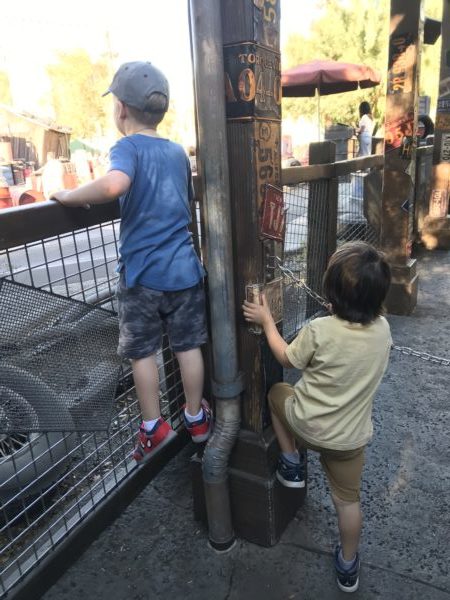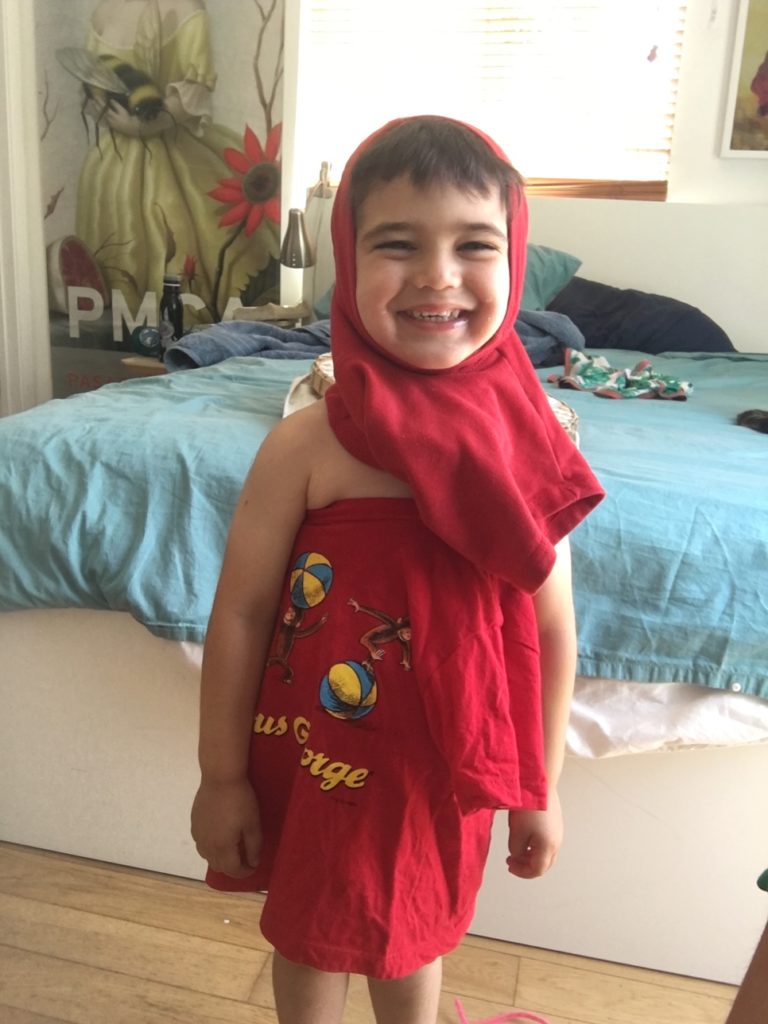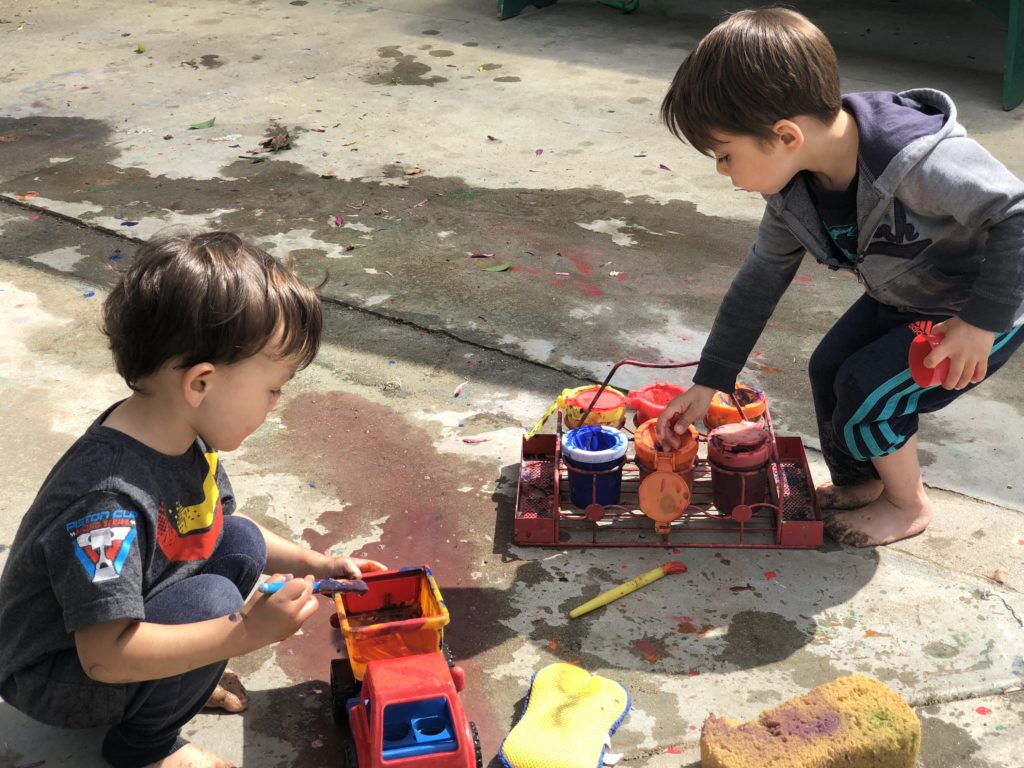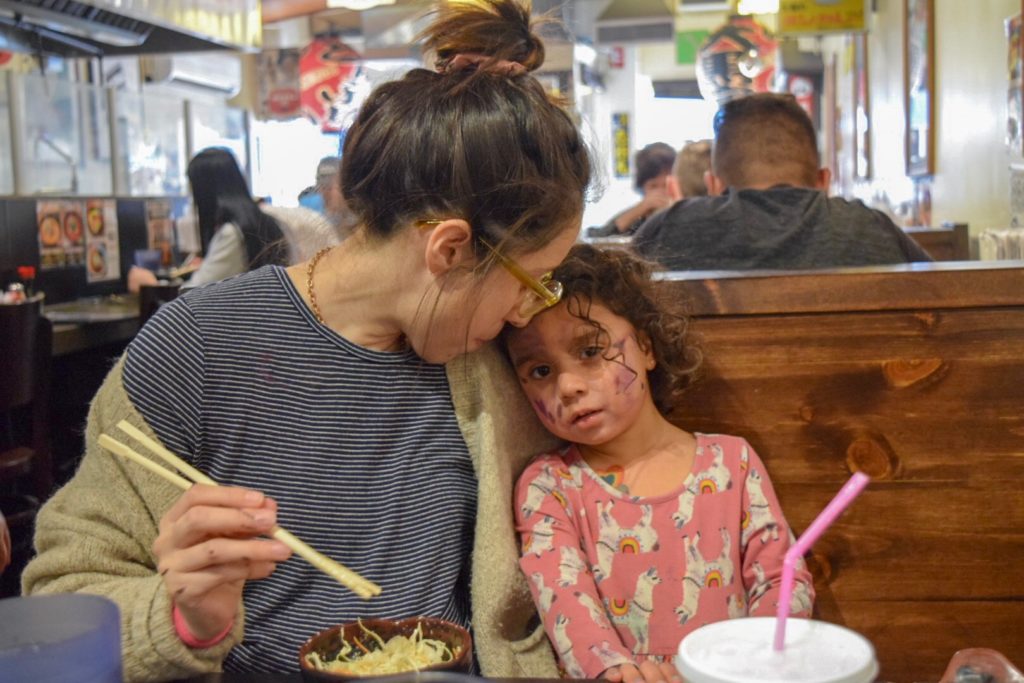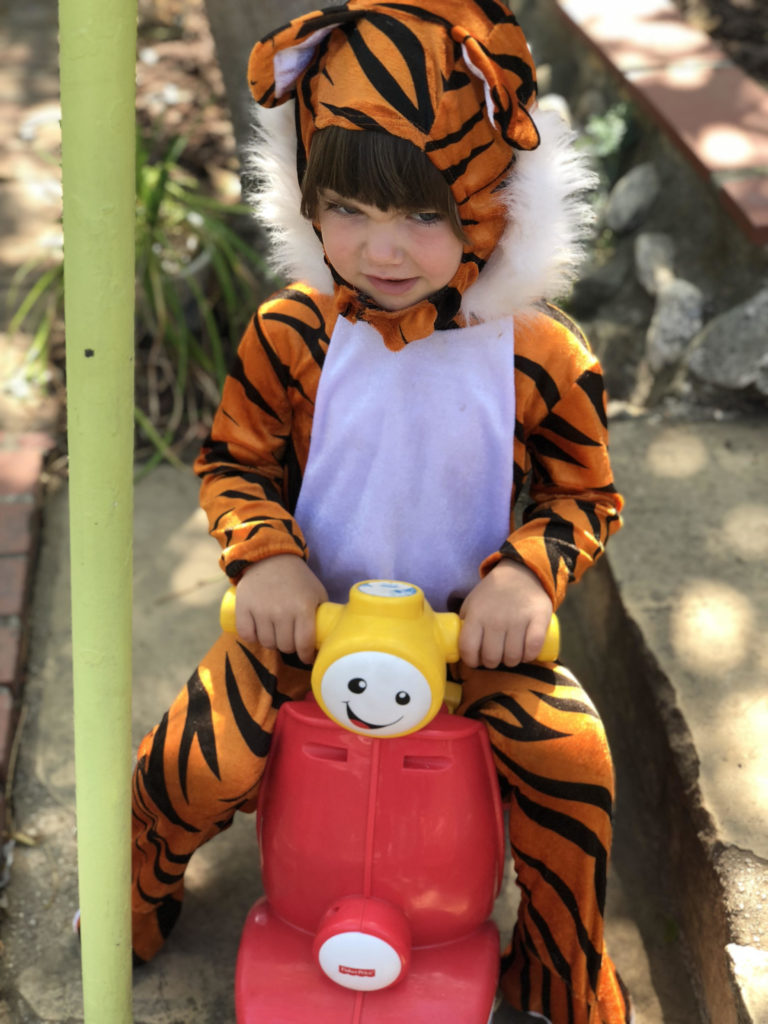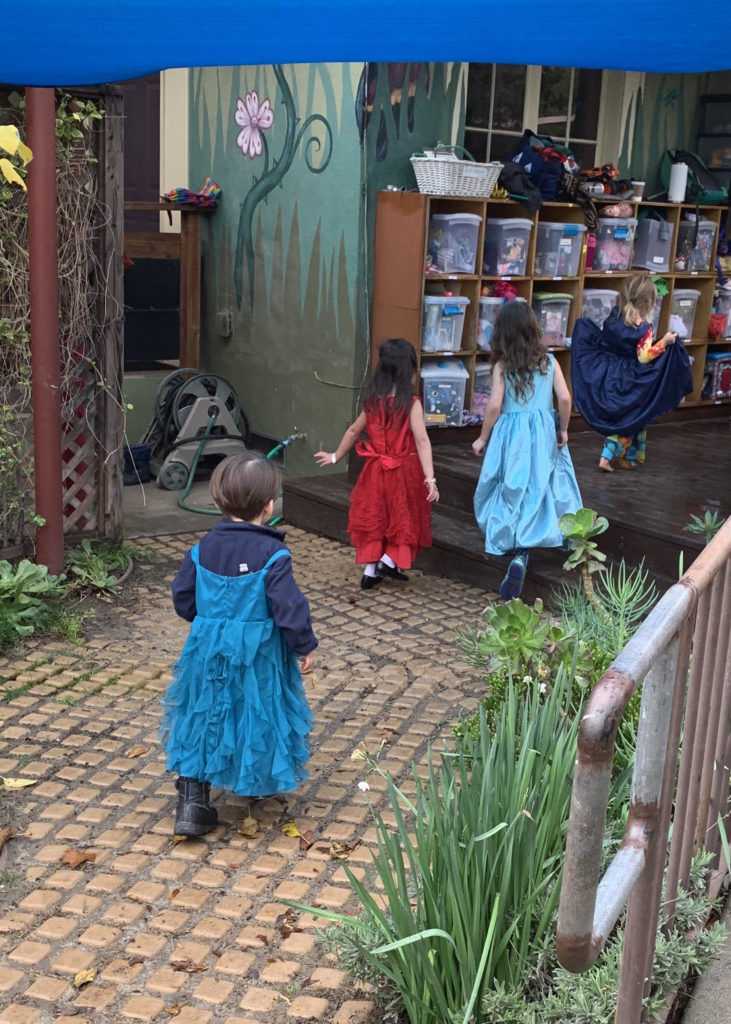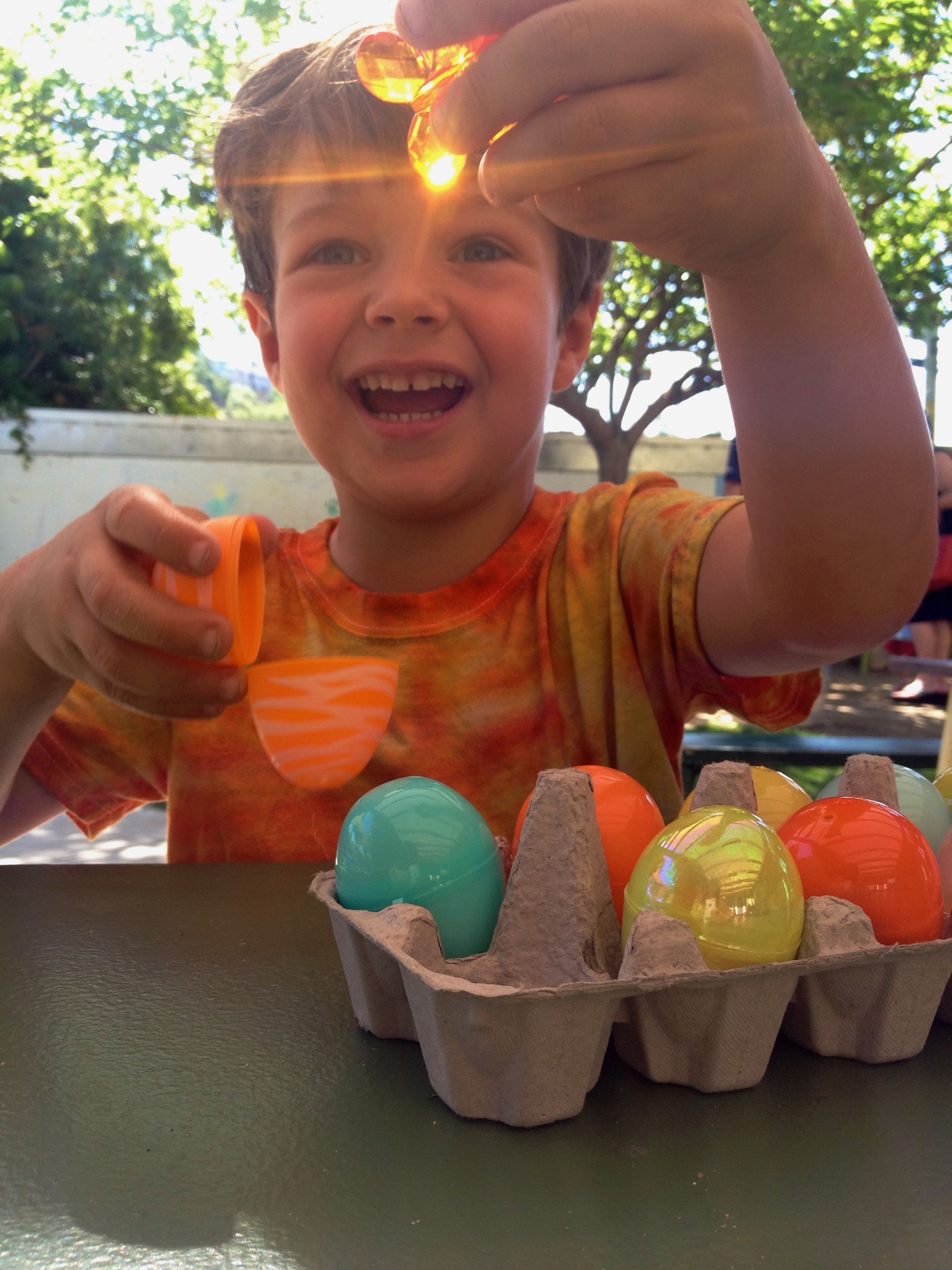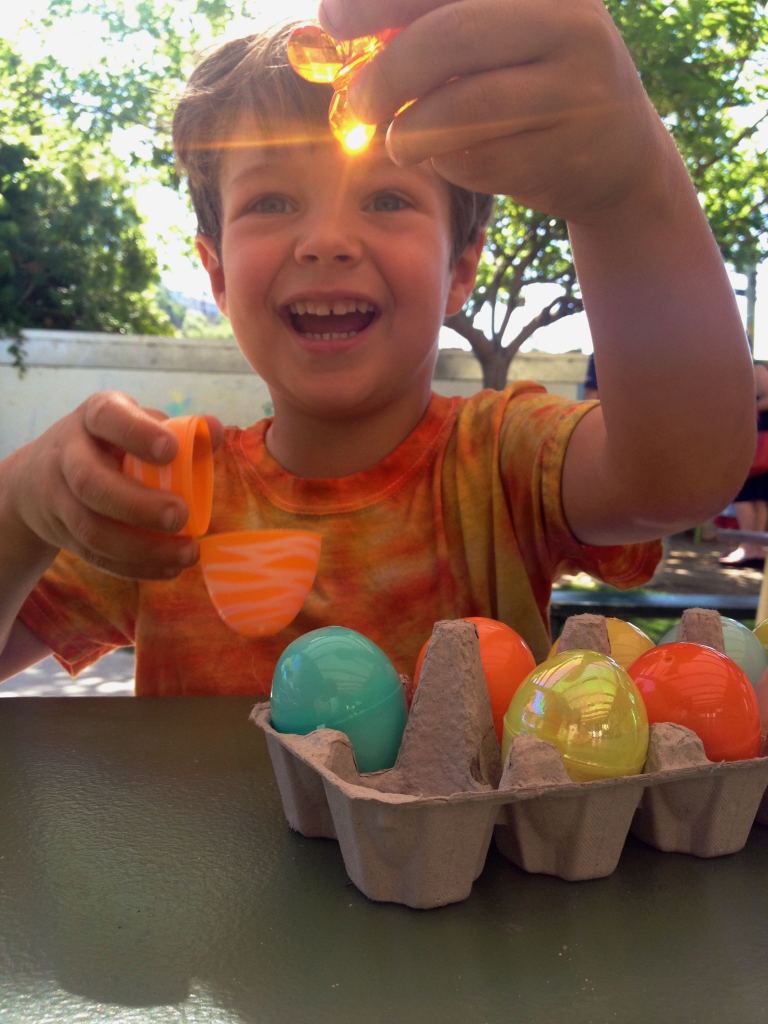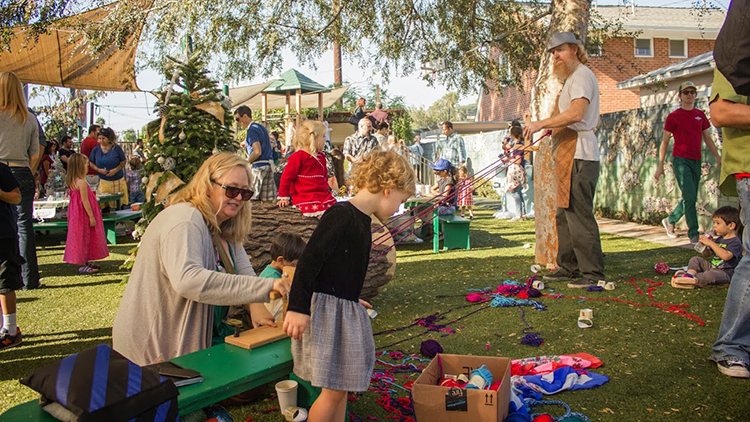
Dear Teacher Lisa,
Help! My newly 3-year-old dropped her naps and is suddenly distraught over seemingly minor issues and frequently inflexible about things to the point of full blown meltdowns. I’m trying to remind myself she is probably a little tired, but that doesn’t make it easier when she’s insisting on the blue cup and pulling my beard or trying to run away in a parking lot. When did my child become Godzilla and how do I handle it??
Dear Parent of Godzilla,
It sounds to me like a couple of things are going on. 1) Your child has dropped their naps as you mentioned, which means her body is adjusting to getting a little less sleep and being on the go for a much longer stretch. This may mean she is not operating at full strength for the next little stretch until she is fully adjusted to her new normal. 2) It sounds to me like she is entering developmental territory where she is coming to understand herself as an entity separate from you, her parent. This can often happen around this age and particularly if the child is starting school or spending time outside of the home. Part of becoming her own person who can function apart from you is having her own ideas and opinions. Strong ones. About everything.
I know, I know. While it is comforting to know your child is but one of many Godzillas in the world undergoing this strange and beautiful metamorphosis to a semi-independent human, it doesn’t answer your question, “how do I handle it?” Here are some thoughts…
1) Create routine. Children do well with predictability and routine. Whereas young toddlers cannot grasp time beyond the present, your daughter is getting old enough to be able to appreciate having a framework to her day. Create a visual schedule of the day and map out the various activities and transitions. I like to include photos of the child doing the activity so they can visually reference themselves, but you can also use drawings or other pictures. Within your schedule, delineate which items are set and which items she might have a say over. It helps children to know that they will have a time in the day in which they get to make choices and have control. If you are worried they will make impossible suggestions, start with some choices that are acceptable to you (a picture of the park or the zoo—which one would you like to do for our afternoon outing? A picture of books or the backyard water table—would you like to read books or spend time in the backyard during our afternoon free time?) So much of children’s day is grownups telling them what to do and exerting our power over them. It really helps to take the power struggle out of it, and make it more about schedule and routine, and highlight and celebrate the parts where the child has the power and choice and how much fun those are. Stick to it, so she can develop a rhythm with it. It may take a little bit of time to adapt.
2) Create an emergency regulation kit. Once your child is flooded with big feelings, she is beyond reason. However, at a time when she is calm, you can plan with her together what things might help her calm down when she is upset. If she isn’t sure, offer up some suggestions based on what you have seen her gravitate towards or your own calming strategies. (squishy fidget ball, favorite song on cue, favorite book, lovey, ice pack, something to rip or cut, a pillow to throw or hit, something scented to smell, textured fabric/blanket, deep breathing or a yoga pose you practice at other times, a notebook to draw in, etc.) Next time she is flooded or starting to get flooded, remind her, “Oh my goodness, remember our emergency kit?? Do we need it??” Again, it may take practice to incorporate this new toolbox into her routine, but with time, she may start to figure out which regulation strategies work best for her and start to look for them herself when she feels herself getting out of control.
3) Honor your child’s feelings while holding limits. You can say to her, “You are so disappointed that we’re not going to the zoo,” and if she seems particularly mad at you and going for your beard, you can say, “You seem really mad at Daddy. You wanted to go to the zoo and I said no. I can’t let you pull my beard but let’s find a way to get those angry feelings out.” (Pull out your emergency kit or you might want to let her push on your hands as hard as she can to see if she can push you over.)
4) Debrief later. When your child is calm again later, you can talk about the incident. Go through a simple play-by-play of what happened and the feelings she had. It can sometimes help to write this down in a “book” so she can look at it and process the event. This is giving her tools to express herself the next time those big feelings bubble up, and building skills.
5) Learn from others. You can practice emotional language by talking about other scenarios you witness with other children and wondering about them, or by looking at books and discussing characters’ feelings, motivations, and possible solutions. The more curiosity you have about people’s intentions and feelings, and the more you normalize a broad range of feelings that all people have and that come and go, she will start to be able to name her own feelings and needs and talk with you openly about them, as opposed to melting completely.
6) Get support. As I mentioned, there are many little Godzillas running around out there in the world. Find some parents going through the same thing, and give each other support or seek suggestions. You never know which strategy might really resonate with you and your child.
Hope this helps!
Sincerely,
Teacher Lisa
